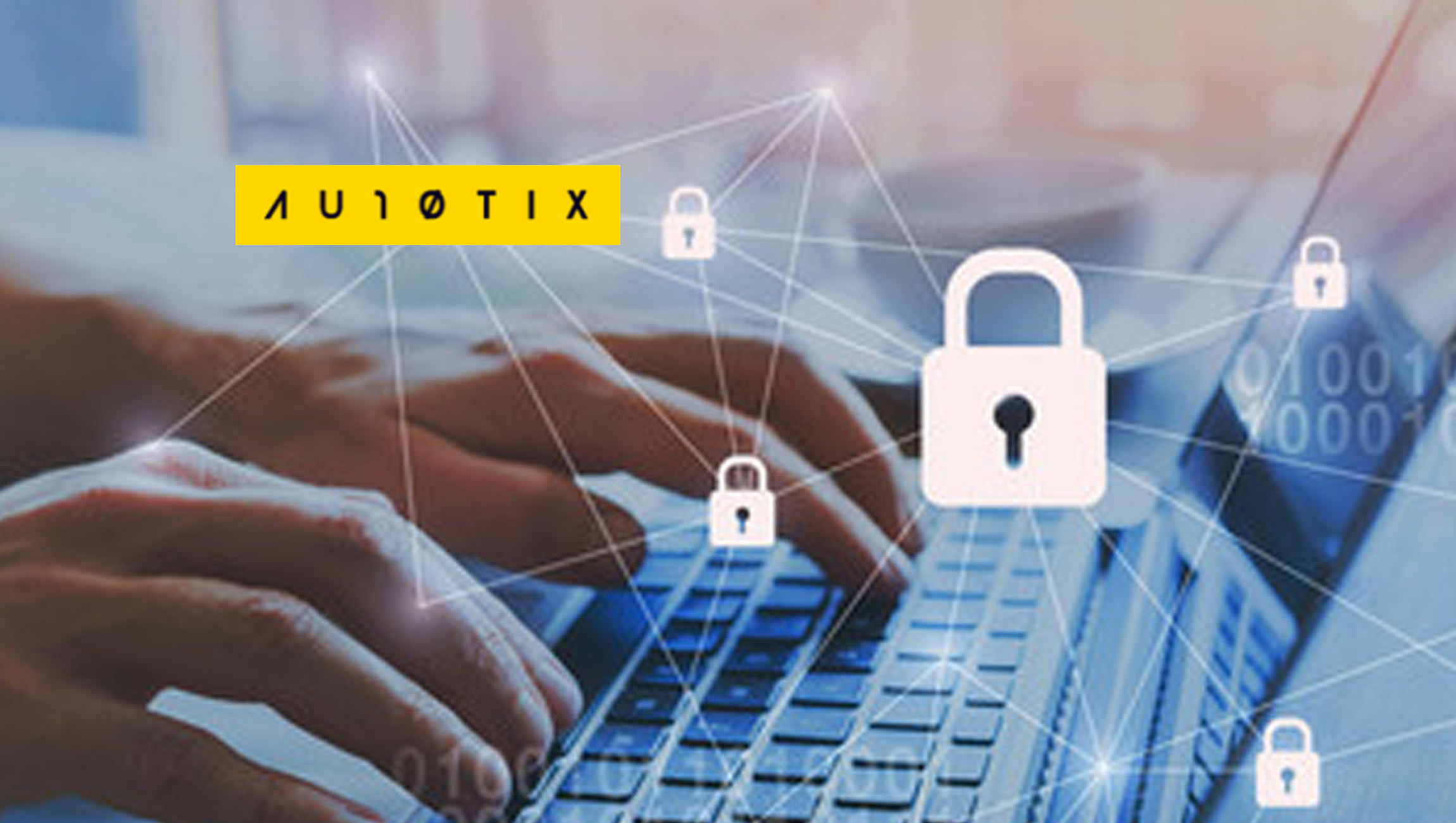The cybersecurity leader uncovered new data on the top digital behaviors that leave consumers vulnerable to cyberattacks
In recognizing the effort of Cybersecurity Awareness Month, identity protection provider IDShield unveils new data on consumer digital behaviors that increase the risk for cyberattacks. Of those surveyed, more than 40 percent feel conducting life and business online is getting more dangerous. Although 82 percent claim to have familiarity with what cyber thieves are capable of, many of their digital behaviors make them prime targets for identity theft.
Marketing Technology News: MarTech Interview with Andrew (Andy) Kieffer, CEO of Voxfeed
“As work and personal life continue to migrate online, an inherent risk becomes apparent when the benefit of online convenience is challenged by the risk of compromised digital safety and identity theft”
Here are a few of the top mistakes:
- Lazy and overused passwords: Almost half (48%) use the same password for multiple accounts; 44% are storing their passwords insecurely; and 42% currently share their passwords with someone else.
- Oversharing on social media: 91% of those surveyed have a social media account, and of that audience, 84% have at least one identifying element of their identity (e.g., an email, full name, age, birthday, location, school affiliation) included in their social media profile.
- Accepting emails from unknown senders: 90% of respondents are wary of opening links from a sender they are not familiar with. However, fewer people are as concerned when it is coming from someone they know.
- Trusting public Wi-Fi: 68% of participants said they would join the public Wi-Fi option putting them at risk of malicious hotspots, malware distribution, man-in-the-middle attacks and using an unencrypted network.
“As work and personal life continue to migrate online, an inherent risk becomes apparent when the benefit of online convenience is challenged by the risk of compromised digital safety and identity theft,” said Arnold Blinn, Chief Technology Officer at IDShield. “When you have a cybersecurity partner who carries the heavy lifting for you, protecting you around the clock, and providing advice and support when you need it, you can feel at peace knowing you’re doing all the right things to stay safe online.”
Marketing Technology News: Three Tips for Marketers to Survive (and Thrive) in the Post-Cookie Era
The identity theft and cybersecurity threat landscape is changing dynamically and constantly. Awareness of best practices has a shelf life if it is not kept up with on a regular basis. Four best practices for staying safe online safe include:
- Choose strong passwords that do not include personal information. Use capitalization, numbers, and special characters to make it unique. A password manager stores all passwords in a digitally secure way eliminating the need to write passwords down or memorize them.
- Install malware protection technologies to detect, block and remove threats.
- Use a virtual private network (VPN) to hide IP addresses and create a secure encrypted online connection.
- Monitor credit activity for suspicious charges or activity.











